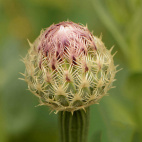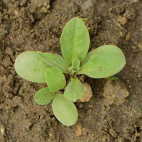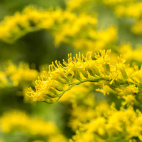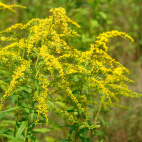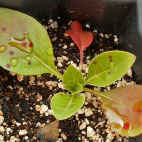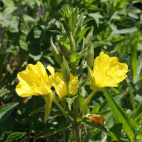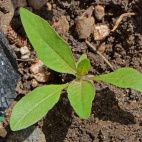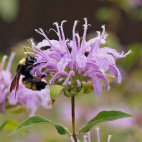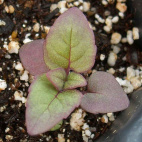Color
Availability
USDA Zone
Region
Type
Duration
Season
Germination
Soil
Sunlight
Height
Use
Narrow Your Search
Color
Availability
USDA Zone
Region
Type
Duration
Season
Germination
Soil
Sunlight
Height
Use
Wildflower Seeds - Northern Region
The Northern region is home to our Canadian friends in the eastern provinces, as well as the northern-most part of the Eastern US. This area is characterized by a long, cold winter with lots of snow, and a short humid summer that only lasts about 3 or 4 months. Most of the area is classified as a UDSA Growing Zone 4 or less, and the species that grow here have interesting ways to perpetuate themselves in spite of the short growing season. There are a lot of forests and wetlands in this region, so adequate moisture is hardly ever a problem. Look up your growing zone to make sure that the Northern wildflower seeds that you want to grow are winter hardy. Alternatively, just order annual flower seeds online so that the plant does not need to make it through the winter, but can reseed itself and come back from seed the next year.
-
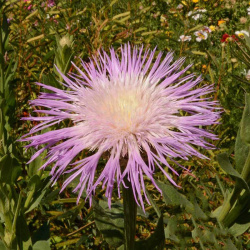 On Sale!
Basketflower Seeds
Centaurea americana
The basket-like base of these blossoms holds delicate petals, hence its name. Although it is a distant relative of the thistle, the colorful flowers give off a sweet honey-like scent.Quick View$3.48 Pkt - $16.57 / Oz
On Sale!
Basketflower Seeds
Centaurea americana
The basket-like base of these blossoms holds delicate petals, hence its name. Although it is a distant relative of the thistle, the colorful flowers give off a sweet honey-like scent.Quick View$3.48 Pkt - $16.57 / Oz -
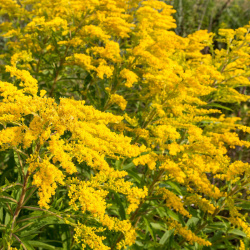 On Sale!
Canada Goldenrod Seeds
Solidago canadensis
This native perennial is probably the most aggressive member of the Goldenrod family and is rarely recommended for native plantings because it can become invasive in favorable conditions. Goldenrod makes an excellent pollen source for honeybees in the fall and is also known for its medicinal qualities.Quick Viewx
On Sale!
Canada Goldenrod Seeds
Solidago canadensis
This native perennial is probably the most aggressive member of the Goldenrod family and is rarely recommended for native plantings because it can become invasive in favorable conditions. Goldenrod makes an excellent pollen source for honeybees in the fall and is also known for its medicinal qualities.Quick ViewxCanada Goldenrod Seeds
Solidago canadensis
This native perennial is probably the most aggressive member of the Goldenrod family and is rarely recommended for native plantings because it can become invasive in favorable conditions. Goldenrod makes an excellent pollen source for honeybees in the fall and is also known for its medicinal qualities.
$3.48 Pkt - $28.00 / Oz -
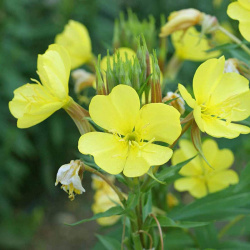 Common Evening Primrose Seeds
Oenothera lamarckiana
Sense a special evening glow from a planting of these luminous golden flowers. The noonday heat withers the blossoms of each day, but new blossoms then bloom each evening. This wildflower is easy to grow.Quick View$2.98 Pkt - $7.09 / Oz
Common Evening Primrose Seeds
Oenothera lamarckiana
Sense a special evening glow from a planting of these luminous golden flowers. The noonday heat withers the blossoms of each day, but new blossoms then bloom each evening. This wildflower is easy to grow.Quick View$2.98 Pkt - $7.09 / Oz -
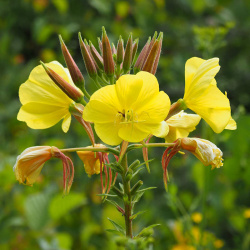 On Sale!
Evening Primrose Seeds
Oenothera biennis
Brilliant yellow blossoms bedeck this biennial wildflower in the cool of the day, with new flowers appearing each evening. Long valued for its herbal and medicinal use, this wildflower is also easy to grow.Quick View$2.98 Pkt - $7.52 / Oz
On Sale!
Evening Primrose Seeds
Oenothera biennis
Brilliant yellow blossoms bedeck this biennial wildflower in the cool of the day, with new flowers appearing each evening. Long valued for its herbal and medicinal use, this wildflower is also easy to grow.Quick View$2.98 Pkt - $7.52 / Oz -
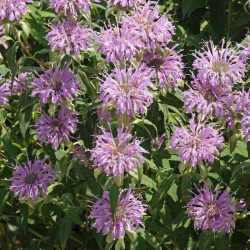 On Sale!
Wild Bergamot Seeds
Monarda fistulosa
This native wildflower is a cornerstone of prairie mixes because it is a reliable bloomer, and draws in pollinators of all stripes. It does have a minty aroma, but It is not the same Bergamot used in Earl Grey Tea. This perennial produces honey that is reddish in color.Quick Viewx
On Sale!
Wild Bergamot Seeds
Monarda fistulosa
This native wildflower is a cornerstone of prairie mixes because it is a reliable bloomer, and draws in pollinators of all stripes. It does have a minty aroma, but It is not the same Bergamot used in Earl Grey Tea. This perennial produces honey that is reddish in color.Quick ViewxWild Bergamot Seeds
Monarda fistulosa
This native wildflower is a cornerstone of prairie mixes because it is a reliable bloomer, and draws in pollinators of all stripes. It does have a minty aroma, but It is not the same Bergamot used in Earl Grey Tea. This perennial produces honey that is reddish in color.
$3.48 Pkt - $12.65 / Oz
The Northern region is home to our Canadian friends in the eastern provinces, as well as the northern-most part of the Eastern US. This area is characterized by a long, cold winter with lots of snow, and a short humid summer that only lasts about 3 or 4 months. Most of the area is classified as a UDSA Growing Zone 4 or less, and the species that grow here have interesting ways to perpetuate themselves in spite of the short growing season. There are a lot of forests and wetlands in this region, so adequate moisture is hardly ever a problem. Look up your growing zone to make sure that the Northern wildflower seeds that you want to grow are winter hardy. Alternatively, just order annual flower seeds online so that the plant does not need to make it through the winter, but can reseed itself and come back from seed the next year.




